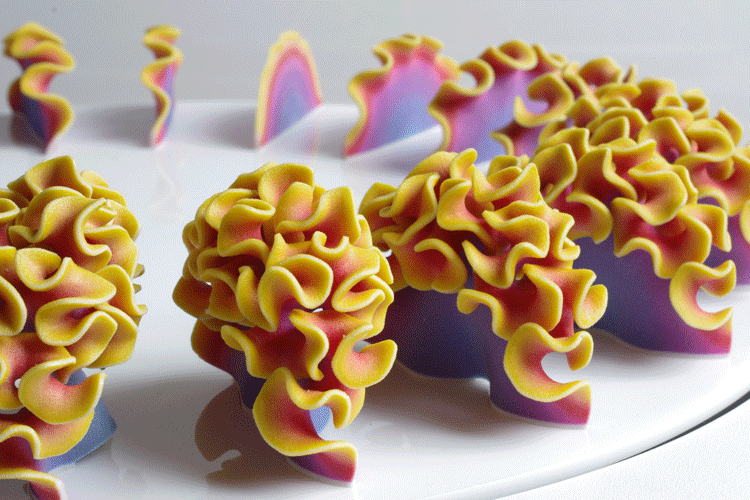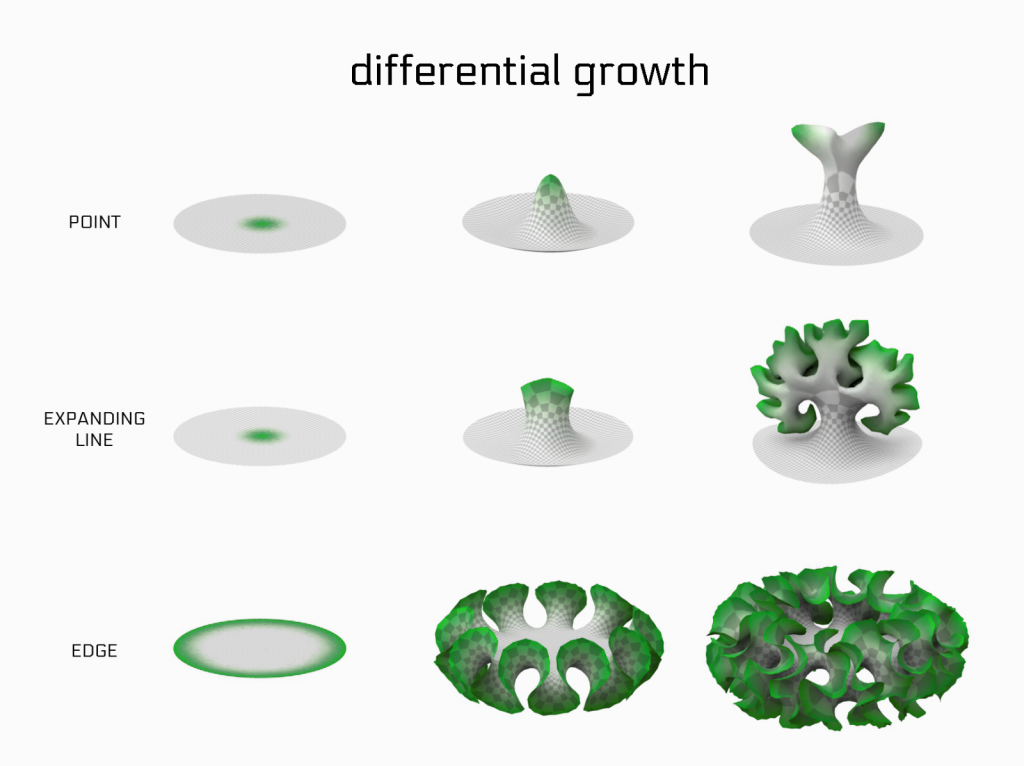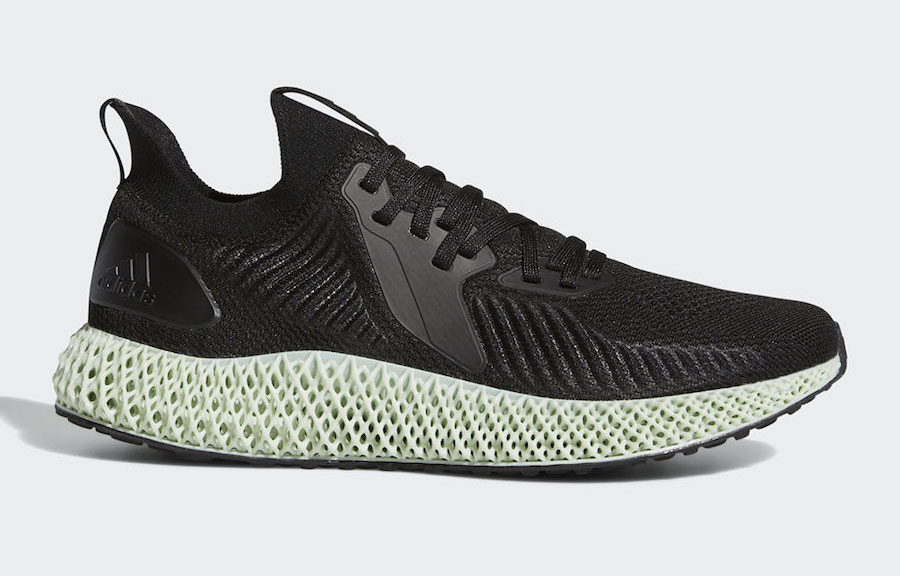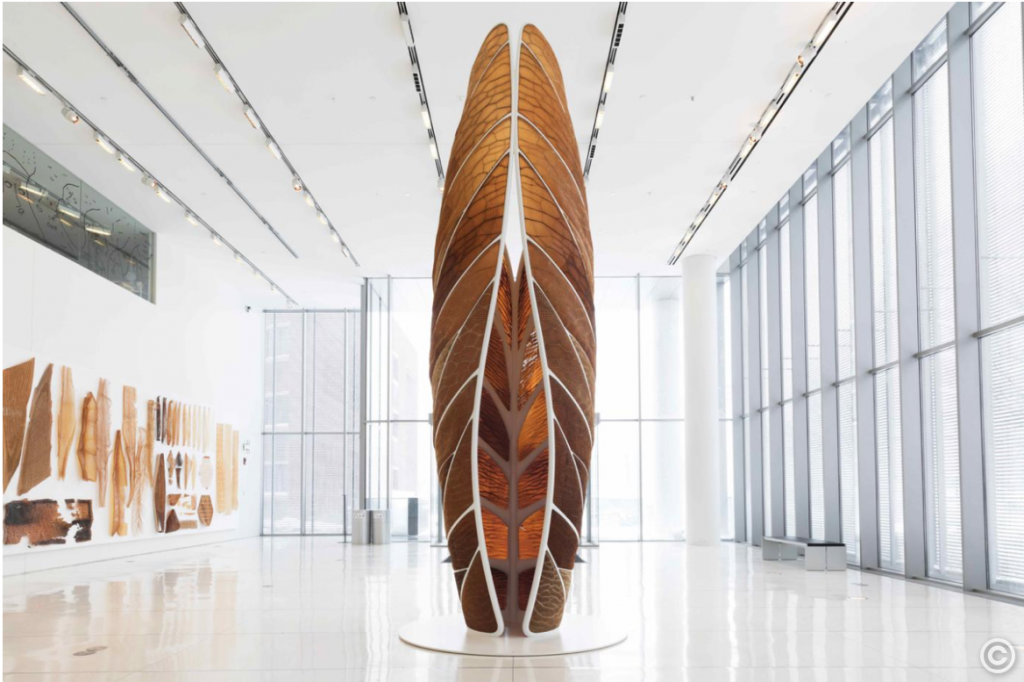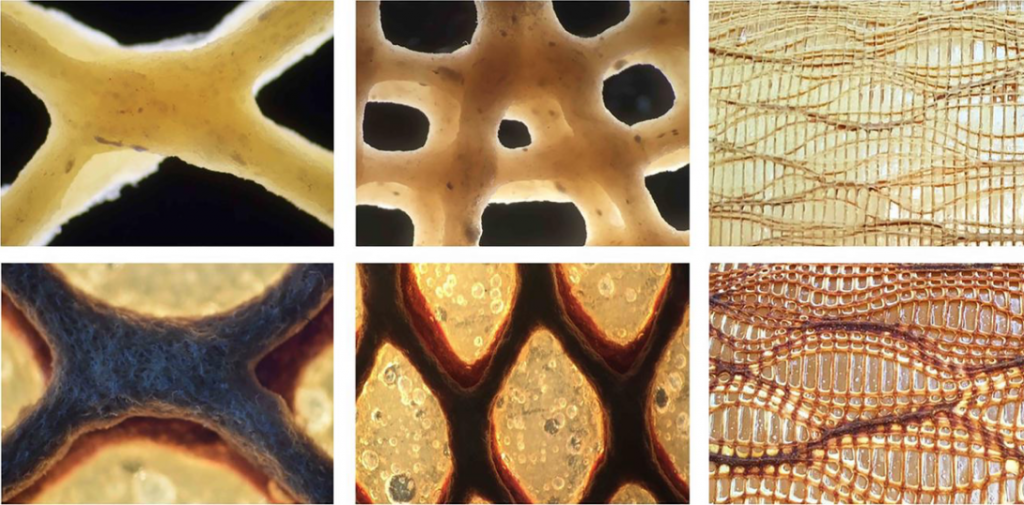The project Storm Room (2009) by Janet Cardiff and George Miller is a mixed media installation that mimics the sounds and visuals of a room on a stormy day. The installation art lasts for around ten minutes. It was created for the Echigo Tsumari Art Triennial and is located in a deserted dentist’s office near Doichi, Japan. The intention of the installation art was to recreate the feeling of danger when taking refuge from a storm. The flow of water, the lights, the strobes, and the fans are controlled by a computer while the audio is projected out of 8 speakers throughout the room to create an immersive experience. Janet Cardiff’s style is expressed in this work because of the care that went into the sound of the installation.
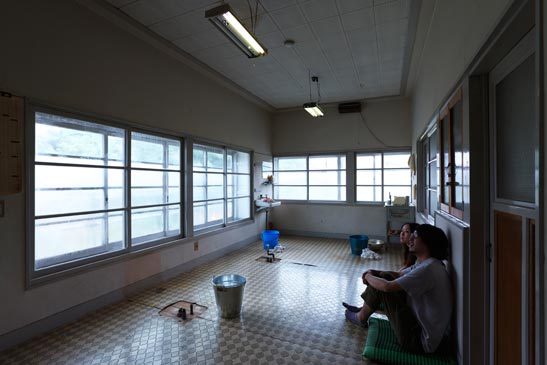
This project attracted my attention because a lot of different elements that engage different senses were used in order to recreate the experience of a storm. The computer program that controlled the water, lights, strobes, and fans is also of interest to me because of the way it randomizes the experience each time.
![[OLD FALL 2019] 15-104 • Introduction to Computing for Creative Practice](../../../../wp-content/uploads/2020/08/stop-banner.png)




